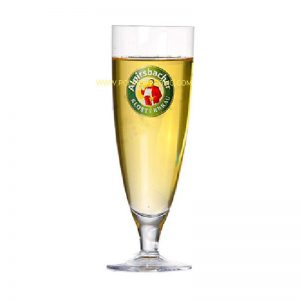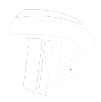Champagne originated in France and was named for its place. Champagne was originally the name of a province in northeastern Paris, France. Legend has it that in 1760, Berry Rong, a monk of the Hatterwell Monastery in Champagne Province, put wine in a glass bottle with sugar, firmly stuffed with corks, and preserved it. A few months later, he remembered the wine he had kept. When he opened the cork, the wine in the bottle was filled with the odor of carbon dioxide, which was very different from the original wine. So the earliest champagne was
born. The secret of Friar Berry Rong’s preservation of wine by adding sugar in the bottle is that the wine is fermented twice in the bottle. Champagne is actually a wine that has undergone two fermentations. The second fermentation is very important for the production of high quality champagne. In order to produce high quality champagne, the traditional bottle fermentation method is still used in the hometown of champagne in France. They are called “Champagne method”, which is to ferment one bottle at a time. The “base liquor” stored at low temperature for more than two years was added with sugar solution and artificial yeast, and then the mixed raw materials of wine, sugar and yeast were bottled into champagne bottles. Sealed champagne bottles are placed horizontally in cellars, head to tail. Keep constant temperature in cellar from 12 to 14 degrees Celsius and ferment slowly at low temperature. After about 80 days, a large amount of carbon dioxide is produced in the bottle, with six atmospheric pressures per square centimeter. The foaming process of champagne is completed. Fermented champagne is stored in the storage room for two years or more, allowing the carbon dioxide in the bottle to dissolve slowly and completely in the wine. The fully fermented champagne wine was moved to a special wooden rack on the ground. The wooden rack was inclined at 60 degrees. The bottom of the bottle was upward and the mouth of the bottle was downward. The bottle was rotated and bottled once a day for more than one month, so that the sediment in the bottle slowly gathered at the bottle stopper. The precipitated bottle is then cooled in a cold tank with a water temperature of five degrees Celsius, so that a good bottle of Champagne can take four to five years to brew.



